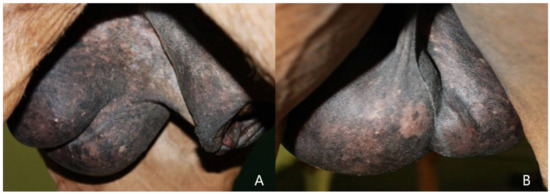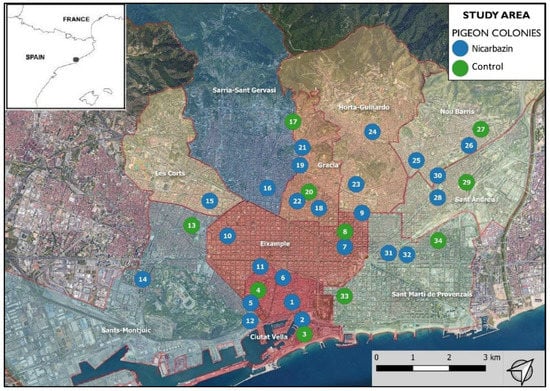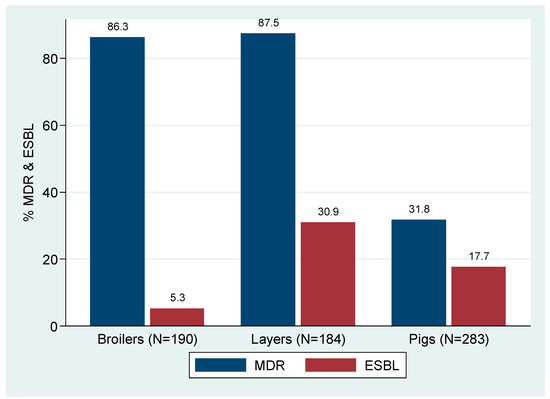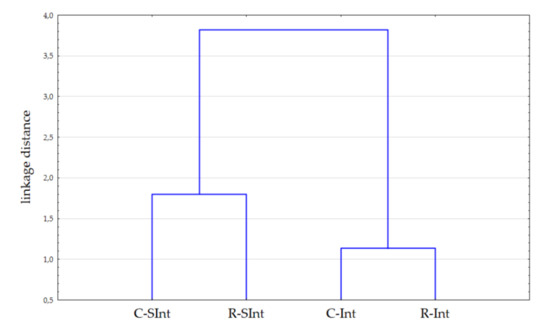Animals 2022, 12(7), 811; https://doi.org/10.3390/ani12070811 - 23 Mar 2022
Cited by 5 | Viewed by 4987
Abstract
Numerous studies show the importance of social understanding in addressing multifaceted conservation issues. Building on a conservation planning framework, this study examines the social dimensions of wildlife conservation in Kinabatangan, Sabah, Malaysia. It employs a qualitative approach by conducting in-depth, semi-structured interviews with
[...] Read more.
Numerous studies show the importance of social understanding in addressing multifaceted conservation issues. Building on a conservation planning framework, this study examines the social dimensions of wildlife conservation in Kinabatangan, Sabah, Malaysia. It employs a qualitative approach by conducting in-depth, semi-structured interviews with sixty informants drawn from local community members, government officials, tourism operators, non-government organizations, and the private sector. Our results show that the incidence of human–wildlife conflicts has reduced in the region, but that conflicts among stakeholders themselves about wildlife still remain a significant threat for attaining successful conservation outcomes. Further stakeholder perceptions of increased wildlife numbers often contrast with actual counts returned by periodical surveys conducted by conservation agencies, e.g., showing a 30% decline of orangutans and a 29% decline of gibbon abundance. This shows that evidence-based conservation messages have not been communicated well. The study has implications for enhancing social values among conservation players, promoting local community empowerment and revising conservation awareness programs.
Full article
(This article belongs to the Section Human-Animal Interactions, Animal Behaviour and Emotion)
►
Show Figures













